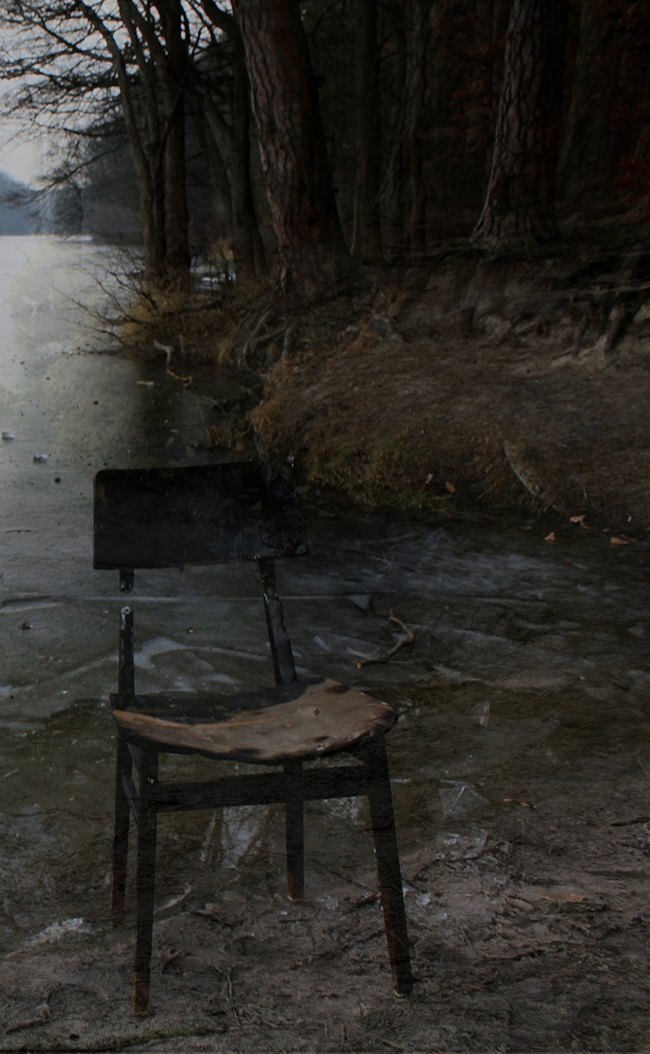Gary Stewart, an artist from Poland, navigates the intricate landscapes of origin and identity through his thought-provoking creations. Stewart’s work, as he puts it, employs a diverse range of approaches and materials, incorporating allegory, metaphor, and archetype to initiate a dialogue about how we perceive ourselves, others, and the world around us.

A key theme that permeates Stewart’s body of work is the exploration of transitions—from rigid value systems to more open and dynamic ones. Drawing parallels with historical patterns, Stewart highlights how civilizations flourish when adaptable but decline when they become rigid. His pieces, collectively and individually, serve as visual markers of this societal shift, prompting viewers to reconsider the natural and inevitable constructs of their culture.
Stewart invites us to reexamine our past, drawing inspiration from myth and the arts. His work encourages a holistic worldview, emphasizing the importance of identifying wounds before prescribing remedies. According to Stewart, disunity, in its myriad forms, severs our common humanity and interdependence. It’s the perception of difference, rather than an acceptance of diversity, that fosters conflict and hinders societal healing.
A distinctive motif in Stewart’s work is the chair, a symbol rich with historical and psychological connotations. From Ionesco’s portrayal of unfulfilled lives to Warhol’s inversion of functionality for destructive ends, Stewart’s chairs tell a story of human presence through human absence. By collecting and photographing chairs that have been burnt, soiled, broken, and rendered fragile, Stewart delves into issues of decay, birth, and transitional states.
The significance of the charred chairs extends beyond the individual pieces; they evoke images of war-torn cities and commemorate the innocent victims, particularly women and children. Stewart’s work becomes a poignant reflection on the consequences of conflict—both physical and psychological trauma.
Stewart’s exploration of actuality and potential adds another layer to his artistic narrative. Using the analogy of a seed becoming a tree, he emphasizes the conscious effort required for intellectual or spiritual growth. The chairs, photographed in natural settings, further enhance the symbolism, with water representing feminine archetypes and frozen lakes symbolizing the potential atrophy of vital qualities.
The complexity of Stewart’s work lies not only in individual images but in the overlay of differing ones, suggesting that reality, despite being one unbroken whole, is multilayered. This, Stewart asserts, relates to questions about the current paradigm, archetypes, personal growth, and myth.
In Stewart’s own words, his body of work serves as a thread, akin to Theseus navigating the maze of forgetfulness. It prompts viewers to reassess their own journey through the labyrinth of identity, challenging preconceived notions and encouraging a deeper understanding of the collective human experience.
Stewart’s art, intuitive and experimental, serves as a mirror reflecting the intricacies of societal evolution. He invites us to join him in the exploration of origin, identity, and the perpetual transition between rigid structures and open systems. In doing so, Gary Stewart emerges as an artist whose work not only captivates the eye but also stimulates profound introspection.

